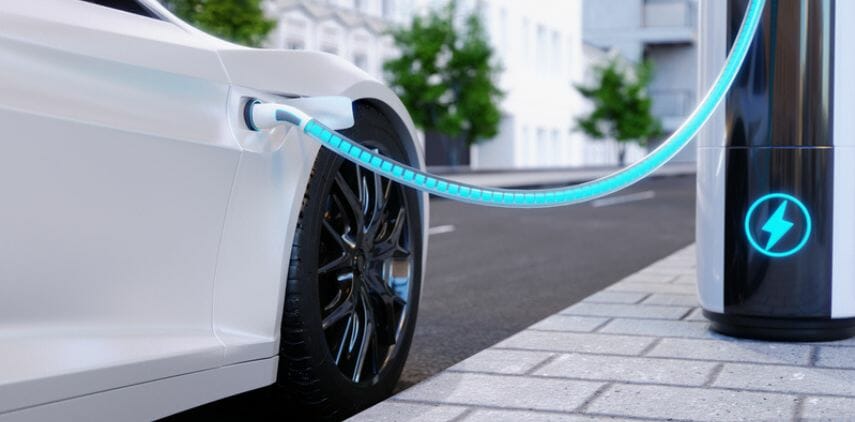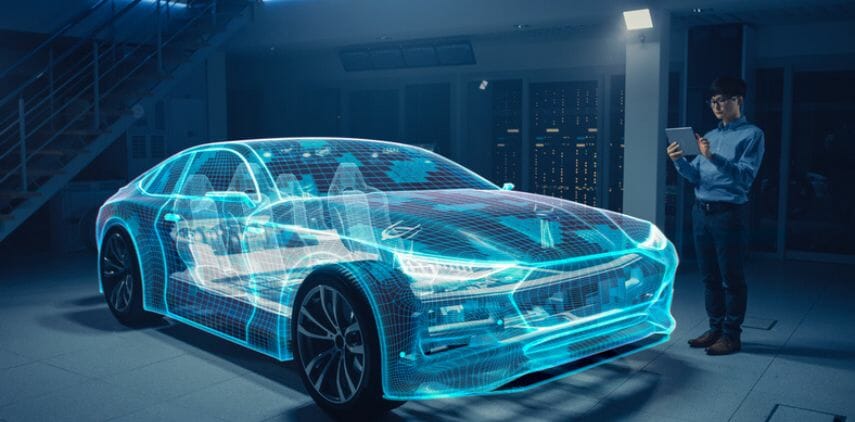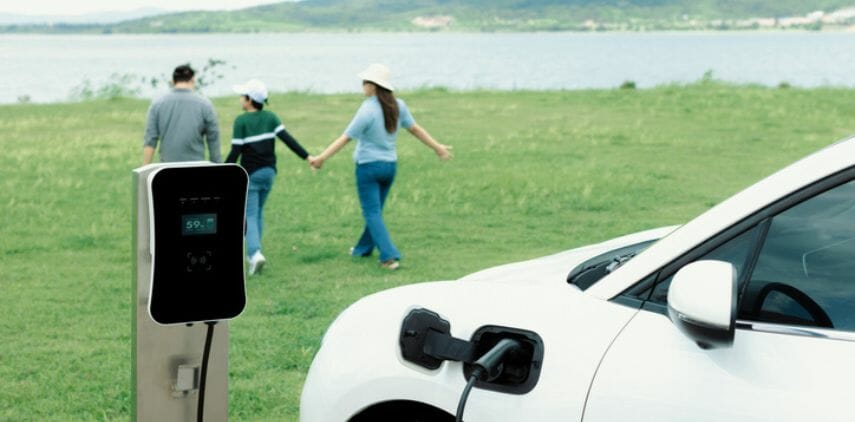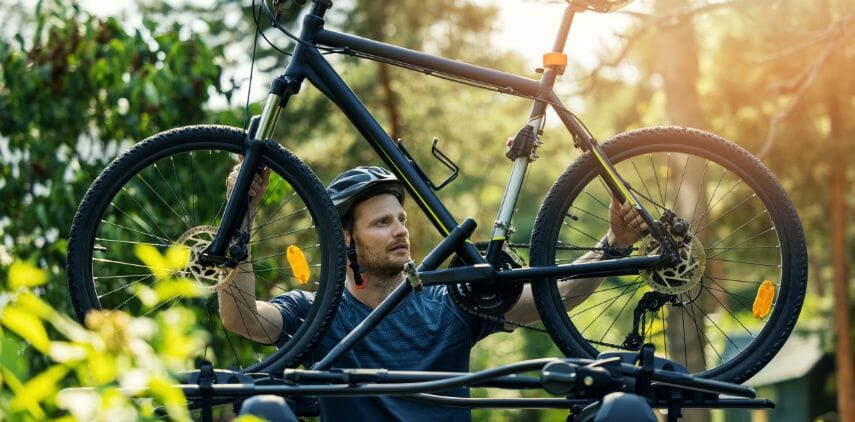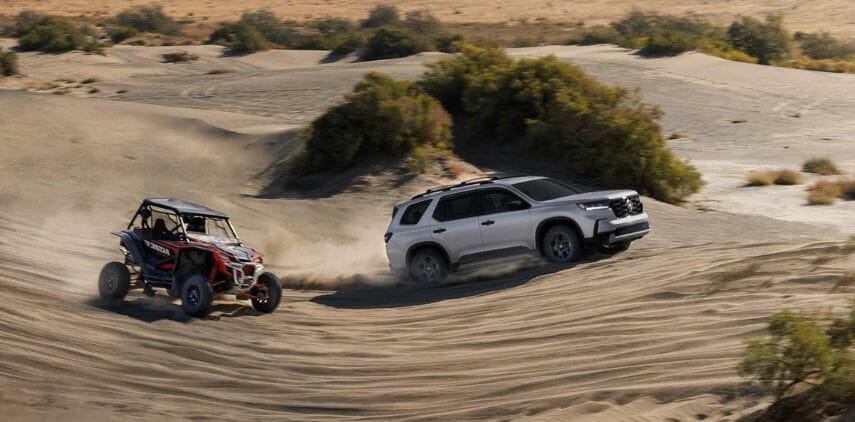Overview
Full size SUVs are gaining popularity as family vehicles. And while they provide a high level of comfort, luxury, and safety, parking them can be challenging.
Many drivers do not think twice about parking their vehicle, especially if they drive a sedan or compact/midsize SUV. However, drivers of full size SUVs must take extra precautions to ensure they park safely and correctly. If you rush to park your full size SUV or choose a tight space, it can result in accidents, fender-benders, parking tickets, and even injuries.
Table of Contents
Parking Basics for SUVs
The basics of parking a full size SUV are similar to parking any other vehicle. The goal is to park your vehicle in the parking space. However, while the fundamentals of the task do not change with a larger vehicle, the procedure used is different. How you park your full size SUV also depends on the type of parking spot you will use.
Regardless of where you are parking your full size SUV, take your time. Often, there will be other drivers waiting for you to park, or you may be in a rush. Resist the urge to park your large SUV haphazardly since the vehicle’s size limits drivers to a smaller margin of error.
Taking the time to ensure you aren’t parked too close to another vehicle or obstacle is vital to prevent damage to your vehicle or someone else’s.
How Do You Park a Full Size SUV?
Due to the size and body design of an SUV, how you park depends on the space you pull into. The following tips can give you an idea of how to maneuver into different spots:
Pulling in Head-On
The most common way to park a vehicle is by pulling head-on into the space. In some cases, such as in cramped parking garages, you may be required to pull into your parking space head-on.
When you park your large SUV head-on, the mechanics are similar to parking a smaller vehicle. The primary difference is that you will have a much smaller margin of error with a larger vehicle.
It is important to check both sides of your vehicle once you pull in. If either side of your SUV is too close to the adjacent spaces, back up and readjust your parking. This prevents other drivers from dinging your vehicle with their door as they exit.
Another factor to consider is how far you pull into your space. Typically, pulling as far as possible into the parking space is preferable; however, sometimes, it may be best to ensure the front end of your SUV is entirely within the parking space. This is especially important if there is a large amount of vehicle or foot traffic in front of your parking space. Check your surroundings to decide how far you should pull into your space.
Backing into a Space
Another common way to park a vehicle is to back into a space called reverse parking. With this method, the driver reverses into the parking space instead of pulling in head-on. This facilitates an easy exit, though it makes parking more difficult.
To reverse into a space, begin by pulling two car lengths ahead of the parking space. Use your turn signal to notify other drivers of your plans. Check behind you to ensure there are no obstacles or pedestrians in your way. You should physically turn around and look; do not rely only on your back-up camera.
You will then shift into reverse and begin backing in. Continue to look behind you and check your mirrors and, if your SUV has one, also check the reverse camera periodically. On your initial back-up, ensure you place your SUV squarely inside the boundaries of the parking space. However, if you end up outside the boundaries, pull forward and line up your vehicle and try again.
Continue to pull forward and line up your SUV until you are safely parked inside the space, and then turn your steering wheel to place your tires in a neutral position. This facilitates an easy exit when you return to your vehicle.
Parallel Parking
The Department of Motor Vehicles lists parallel parking as one of the top reasons drivers fail their driving tests. Parallel parking a large vehicle like a full size SUV is more challenging than with regular vehicles because you have larger blind spots.
To begin, pull your SUV alongside the vehicle in front of the space you will be parking in, leaving about three feet of space between the side of your SUV and the parked car. You should be able to see the back corner of the parked vehicle out of your passenger-side window.
Switch on your turn signal and place your SUV into reverse. Then, before you begin reversing, cut your wheel in the direction your tires need to turn. Once your wheels are turned, you can slowly reverse the SUV. When you’re half-aligned, turn your wheel even more, angling your rear bumper toward the curb.
Do this slowly and use your mirrors and back-up camera. Once you have backed up as far as possible, turn your wheel in the other direction and pull forward until the top of the SUV’s hood is level with the bottom of the rear window of the vehicle in front.
Common Problems with Parking Large SUVs
Drivers may encounter issues when parking their large SUV. Consider the following issues as you search for a parking space for your full size SUV:
Small Parking Spaces
One of the most common issues faced by drivers of large vehicles is encountering parking spaces that are not large enough to accommodate the vehicle. With full size SUVs getting larger each year, many parking spaces may not provide sufficient parking space. This is particularly common in parking garages, city streets, or older parking lots.
Small Garages
In some homes, particularly those constructed before the 1990s, garages were designed to accommodate smaller vehicles. As a result, your full size SUV may not fit in your home parking garage, leaving your new ride vulnerable to burglary, sun exposure, and other sources of degradation.
If your SUV won’t fit inside your garage, consider parking in the driveway or on the street and using a high-quality car cover. Purchase a cover made from breathable yet waterproof fabric with an elastic hem and gust straps to prevent it from flying off in high winds.
Over-Reliance on Back-Up Cameras
Back-up cameras have made parking and pulling out of parking spaces easier for SUV drivers. However, many drivers become over-reliant on the cameras and do not physically check behind them or in their blind spots. Back-up cameras also have blind spots and a limited field of vision, so it is crucial to turn around as you reverse your vehicle.
Find Your Dream SUV at SUViews
If you are in the market for a full size SUV, SUViews insider reviews detail the benefits and drawbacks of each model to help you decide on the perfect new SUV for you and your family.
Whether you are searching for a full size SUV, compact luxury SUV, or crossover SUV, SUViews has information that can help you make an informed vehicle purchase. Browse our reviews and recommendations as you shop, and check back regularly for new insights on the SUV industry.


